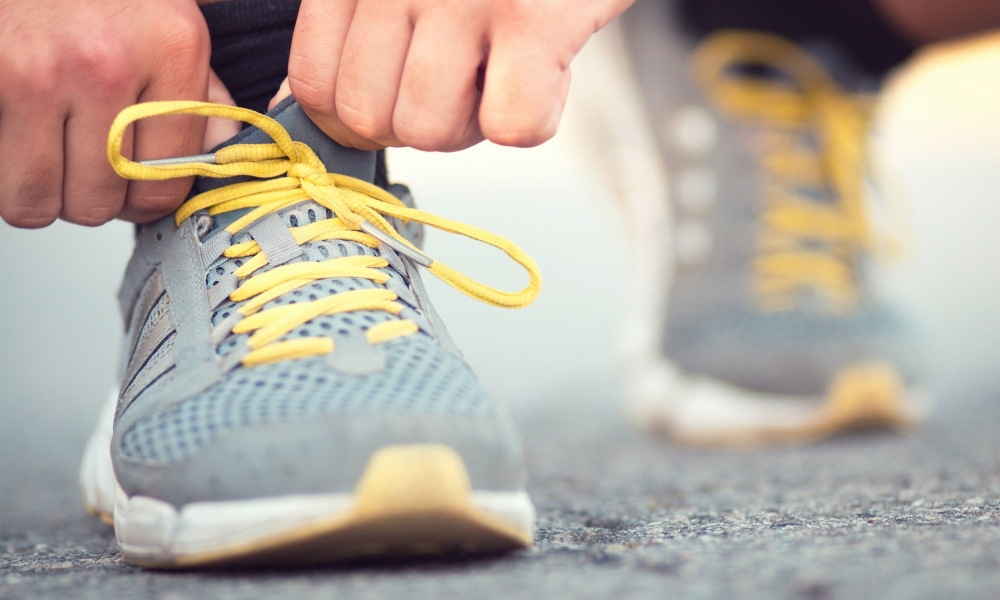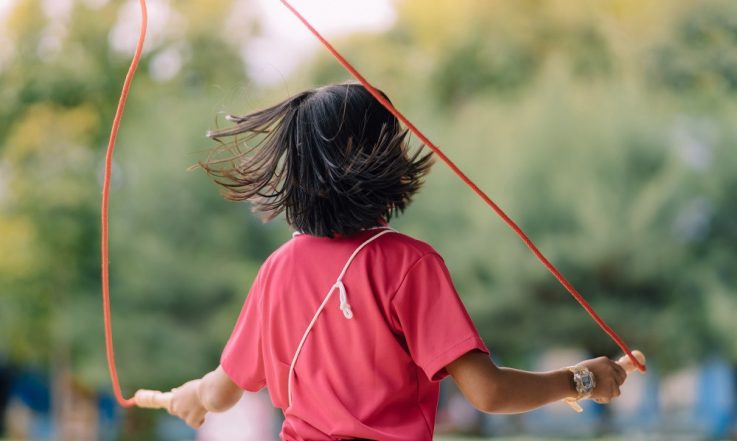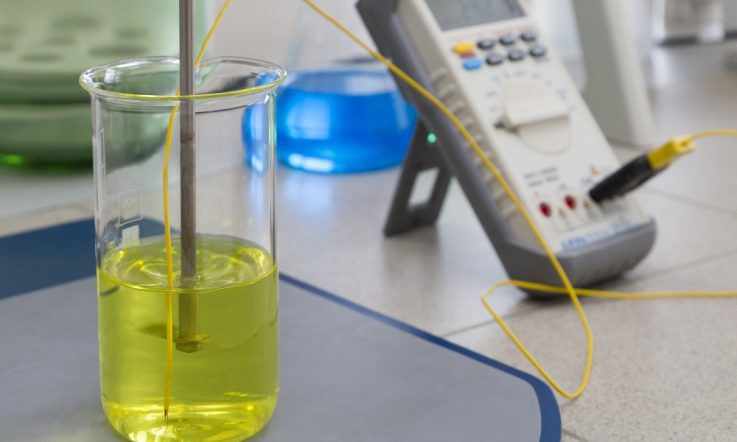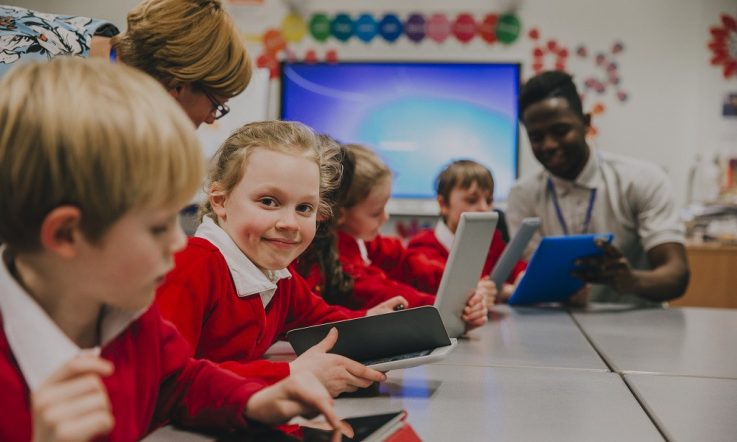Leah Carter (Assistant Head of English) and Hugo Engele (Director of Co-Curricula) are undertaking a two-year action research project at St Aloysius College, Kirribilli, to investigate the impact of physical activity on student writing ability. Here, they share the research aims and what has happened so far.
The pressure on schools to achieve academic results is ever increasing. Is there a space for physicality and creativity at the centre of our complex, cut-throat and dynamic educational climate? Can we foster academic achievement whilst also valuing the things that we know will make our students happy and healthy?
Our action research project, ‘Running Writing', investigates the relationship between physical activity and student writing. Through examining the impact that various forms of physical activity can have on cognitive functioning and therefore writing, we are investigating whether there is a place for the direct pairing of physical activity and writing practice within a school learning environment.
What do we know?
Firstly, physical activity has an immediately positive impact on an individual's cognitive functioning both in the short- and long-term (Best, 2010). Further, our experience as secondary school teachers tells us that the elements of brain function that are positively impacted by exercise – including memory, motivation, divergent thinking, fluency and originality – are essential for effective writing to occur both in the imaginative and critical domains. Thirdly, in order to improve student outcomes in a 21st Century educational landscape we believe it is important to teach young people to be ‘good' writers, not just in English, but across all Key Learning Areas.
Put simply, the way we move affects the way we think. Whilst anecdotally people will often comment that exercise helps their focus, engagement, memory and problem solving skills, there is a large body of research that has investigated exactly why this is the case.
The reasons for why exercise appears to have such a positive impact on the way we think are very much grounded in physiology. Joan Gondola (1986) pioneered this area of research by concluding that exercise has a directly positive impact on both an individual's convergent and divergent thinking skills. While other researchers like Adele Diamond and Kathleen Lee (2011) are convinced of the positive impact that physical interventions have on executive functioning in children.
Recent work being completed at the University of Illinois has found a tangible link between the fitness level of an individual and the white matter integrity within their brain. Physical activity increases both the amount and strength of white matter in the brain allowing for faster processing speeds between disparate parts of the brain. Ultimately, what this suggests is that movement can lead to a greater capacity for memory, attention span and cognitive efficiency, (Chaddock-Heyman, Erickson, Holtrop, Voss, Pontifex, Raine, Hillman & Kramer, 2014).
Graham Dodd (2015) is confident in the benefits of sport and physical activity on a students' academic development despite the fact that it has traditionally been ‘undervalued' and pushed to the ‘periphery' in conversations about education. He suggests that we must use as much ‘human motion' as possible for individuals who are learning, particularly for youth in educational institutions. Marily Oppezzo and Daniel Schwartz (2014) have reached comparable conclusions in their experimentation with walking classrooms. Using the Guilford Alternate Uses Test, they found that walking, particularly outdoors, had a tangible and positive impact upon student creative analogising and ideation.
Interestingly, the inverse relationship has also been observed. Mònica Lopez-Vincente and colleagues (2017) found that low levels of physical activity have been linked to a reduction in working memory in adolescence. Earlier research agrees, concluding that high levels of inactivity in young children can actually negatively impact attention span (Syväoja, Tammelin, Ahonen, Kankaanpää, & Kantomaa, 2014).
So, we know that physical activity positively affects cognitive functioning, but can we take it one step further and prove that exercise makes students better writers?
School context
St Aloysius' College is a Jesuit school for boys established in 1879. The school consists of approximately 1200 students from Years 3-12 and from a range of ethnic and cultural backgrounds. The school is a member of the Combined Associated Schools of New South Wales and sport is a valued yet compulsory component of a boy's educational experience at St Aloysius' College.
The project is borne of our involvement in a professional learning group that focuses on action research literacy across the curriculum and college. This feeds into a broader strategic approach at St Aloysius', focusing on creating learning opportunities for our students that address student engagement and deeper learning.
Early results from pilot interventions
During Term 1 and 2 of this year we piloted a range of interventions with students in Years 7-12. We have tested the impact that walking classrooms, dance, team sport, high and low intensity gross motor movements and accuracy based fine motor movements have on student writing.
The results have been encouraging. Moderate to high intensity exercise, when undertaken directly before writing, has appeared to positively affect student divergent thinking and ideation and has led to greater student compliance and confidence in the initial stages of the writing process. Quantitative data, collected via the Alternate Uses Test, shows a boost to the fluency and originality of student thinking. Qualitative data, collected by way of surveys, focus groups and teacher observation, suggests that students feel that they are able to achieve ‘flow' more easily and that their stamina while completing extended responses is improved.
Next steps in our research
Over the next 24 months, we will test a range of interventions within the English classroom and investigate the impact that this has on student writing. Using a cohort of Year 11 English advanced students, we will test the effect of dance, yoga, walking classrooms, movable classroom furniture and physical ‘energisers' (running, star jumps, skipping, throwing) upon students' ability to interpret questions, construct thesis statements and plan responses, as well as their stamina and effectiveness in the ‘pen to paper moment'. We will also investigate whether physical activity affects their attitudes towards and self-efficacy about writing.
In our view, we must dismiss the notion that if students move around their ideas will fall out of their heads. The opposite may very well be true and we owe it to the kids in our care to find out.
References
Best, J. R. (2010). Effects of physical activity on children's executive function: Contributions of experimental research on aerobic exercise. Developmental Review, 30(4), 331-351.
Chaddock-Heyman, L., Erickson, K. I., Holtrop, J. L., Voss, M. W., Pontifex, M. B., Raine, L. B., ... & Kramer, A. F. (2014). Aerobic fitness is associated with greater white matter integrity in children. Frontiers in Human Neuroscience, 8, 584.
Diamond, A., & Lee, K. (2011). Interventions shown to aid executive function development in children 4 to 12 years old. Science, 333(6045), 959-964.
Dodd, G. D. (2015). The unrealised value of human motion–‘moving back to movement!'. Asia-Pacific Journal of Health, Sport and Physical Education, 6(2), 191-213.
Gondola, J. C. (1986). The enhancement of creativity through long and short term exercise programs. Journal of Social Behavior & Personality, 1(1), 77-82.
López-Vicente, M., Garcia-Aymerich, J., Torrent-Pallicer, J., Forns, J., Ibarluzea, J., Lertxundi, N., ... & Vrijheid, M. (2017). Are early physical activity and sedentary behaviors related to working memory at 7 and 14 years of age?. The Journal of Paediatrics, 188, 35-41.
Oppezzo, M., & Schwartz, D. L. (2014). Give your ideas some legs: The positive effect of walking on creative thinking. Journal of Experimental Psychology: Learning, memory, and Cognition, 40(4), 1142-1152.
Syväoja, H. J., Tammelin, T. H., Ahonen, T., Kankaanpää, A., & Kantomaa, M. T. (2014). The associations of objectively measured physical activity and sedentary time with cognitive functions in school-aged children. PLoS ONE, 9(7).
Missed out on any of our reader submissions? Visit the Teacher magazine reader submissions archive.
Connect with Leah Carter and Hugo Engele on Twitter by clicking on the links.



